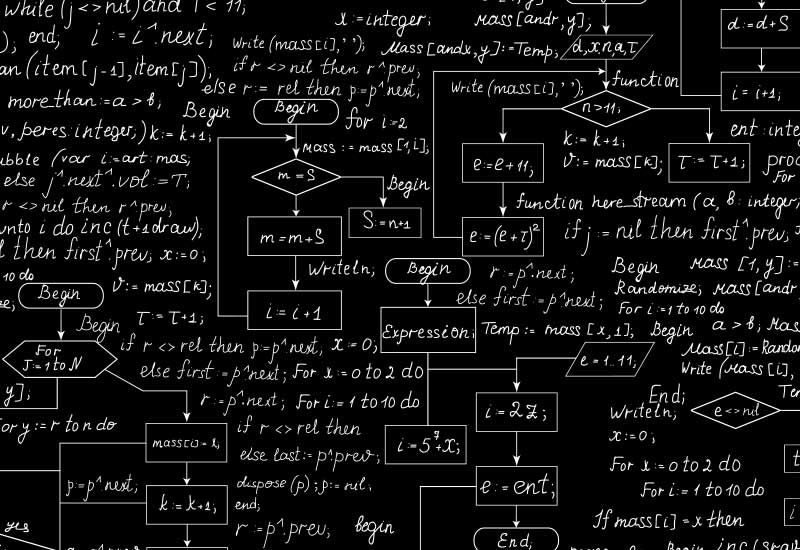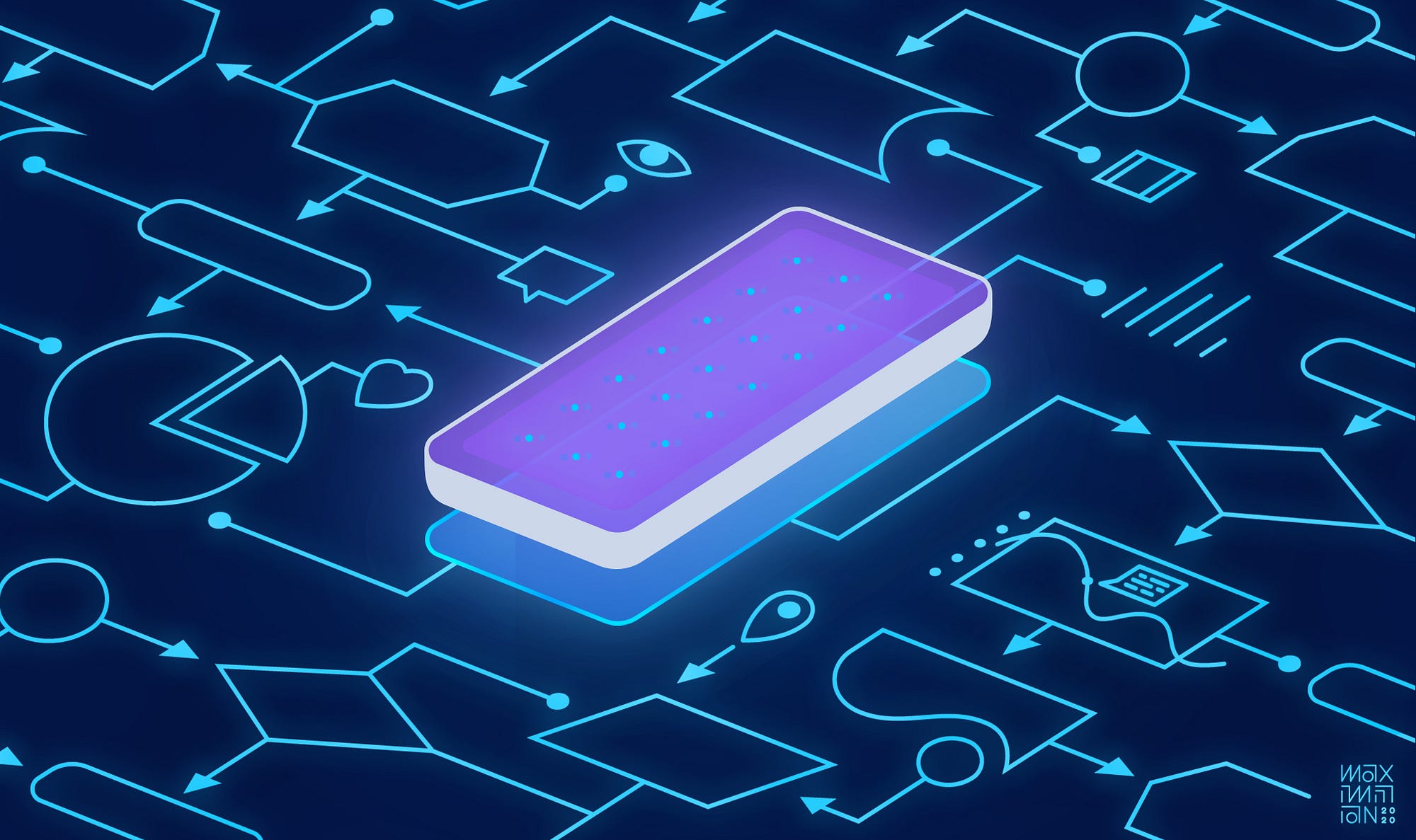In our increasingly digital world, algorithms have become the invisible force driving everything from your morning Google search to the Netflix recommendations that keep you binge-watching late into the night. Yet despite their ubiquitous presence, many people find themselves asking: what exactly is an algorithm? The answer is both simpler and more fascinating than you might expect.
An algorithm is fundamentally a set of step-by-step instructions designed to solve a problem or complete a specific task. Think of it as a recipe for your computer – just as a cooking recipe tells you exactly how to combine ingredients to create a delicious meal, an algorithm provides precise instructions that guide a computer through a series of operations to achieve a desired outcome. These digital recipes are the backbone of virtually every technological innovation we interact with daily.
The beauty of algorithms lies in their systematic approach to problem-solving. They transform complex challenges into manageable, sequential steps that can be executed consistently and reliably. Whether it’s calculating the fastest route to your destination, filtering spam from your email, or enabling your smartphone’s camera to recognize faces, algorithms are working tirelessly behind the scenes to make our digital experiences seamless and efficient.
Understanding algorithms isn’t just about grasping a technical concept – it’s about recognizing the fundamental building blocks that shape our modern reality. From the simplest mathematical calculations to the most sophisticated artificial intelligence systems, algorithms represent humanity’s attempt to codify logic and automate decision-making processes in ways that enhance our capabilities and improve our lives.
The Fundamental Nature of Algorithms
At its core, an algorithm represents a finite sequence of mathematically rigorous instructions designed to solve specific problems or perform computations. This definition encompasses everything from basic arithmetic operations to complex machine learning models that can analyze vast datasets and make predictions about future trends.

Algorithms operate through a systematic process that begins with input – the initial data or information needed to start the computation. This input then undergoes processing, where the algorithm applies its predefined rules and operations to transform the data. Finally, the algorithm produces an output – the solution to the problem or the result of the computation.
What distinguishes algorithms from simple lists of instructions is their precision and unambiguous nature. Every step must be clearly defined, leaving no room for interpretation or confusion. This clarity ensures that the same algorithm will always produce identical results when given the same input, making them reliable tools for solving recurring problems.
The concept extends far beyond computer science. In fact, we use algorithms in our daily lives without even realizing it. Following a recipe to bake bread, assembling furniture using step-by-step instructions, or even the routine you follow to get ready for work each morning – these are all examples of algorithmic thinking in action.
How Algorithms Function in Practice
The operational mechanics of algorithms follow a structured approach that ensures efficiency and accuracy. The process typically begins with input definition, where the algorithm identifies and receives the data it needs to work with. This could range from a simple number to complex datasets containing millions of data points.
During the processing phase, algorithms employ various computational techniques including logical operations, mathematical calculations, and conditional statements. This phase often involves decision-making components where the algorithm must choose between different paths based on specific conditions. For instance, a navigation algorithm might decide between multiple routes based on current traffic conditions, distance, and estimated travel time.
Looping mechanisms allow algorithms to repeat certain operations until specific conditions are met. This capability is crucial for tasks that require iterative processing, such as searching through large databases or optimizing solutions through trial and refinement. The algorithm continues these cycles until it reaches a satisfactory solution or meets predetermined stopping criteria.
The termination phase ensures that algorithms don’t run indefinitely. Every well-designed algorithm must have clear stopping conditions that signal when the task is complete and the desired output has been achieved. This prevents infinite loops and ensures computational resources are used efficiently.
Types and Applications of Algorithms

Algorithms can be categorized based on their purpose and methodology. Search algorithms help locate specific information within datasets, powering everything from internet search engines to database queries. These algorithms must balance speed and accuracy to deliver relevant results quickly.
Sorting algorithms organize data in specific orders, enabling efficient data management and retrieval. Whether arranging names alphabetically or organizing files by date, these algorithms form the foundation of data organization systems.
Recommendation algorithms analyze user behavior and preferences to suggest relevant content, products, or services. Social media platforms use these algorithms to curate personalized feeds, while streaming services employ them to suggest movies and shows based on viewing history.
Machine learning algorithms represent a more advanced category that enables computers to learn from data and improve their performance over time. These algorithms can identify patterns, make predictions, and adapt to new information without explicit programming for every scenario.
The Distinction Between Algorithms and Programs
Understanding the relationship between algorithms, code, and programs is crucial for grasping how digital systems work. An algorithm serves as the conceptual blueprint – the logical plan for solving a problem represented as step-by-step instructions. It exists independently of any specific programming language and focuses on the logic rather than implementation details.
Code represents the translation of an algorithm into a specific programming language like Python, Java, or C++. This translation process requires programmers to adapt the algorithm’s logic to the syntax and capabilities of their chosen programming language.
A program is the complete implementation that combines code with additional elements like user interfaces, error handling, and system integration features. While the algorithm provides the core problem-solving logic, the program creates a functional application that users can interact with.
This hierarchy demonstrates how abstract problem-solving concepts evolve into practical digital tools. The algorithm remains the fundamental intellectual framework, while code and programs represent increasingly specific implementations of that framework.
The Impact and Future of Algorithms

Algorithms have revolutionized virtually every aspect of modern life, from healthcare and finance to entertainment and transportation. They enable doctors to analyze medical images more accurately, help financial institutions detect fraudulent transactions, and allow autonomous vehicles to navigate complex traffic situations safely.
As artificial intelligence and machine learning continue advancing, algorithms are becoming increasingly sophisticated and autonomous. Modern algorithms can now learn from experience, adapt to new situations, and even create other algorithms – capabilities that were once considered purely human domains.
The future promises even more integration of algorithmic thinking into our daily lives. Smart cities will use algorithms to optimize traffic flow and energy consumption, while personalized medicine will employ algorithmic analysis to tailor treatments to individual genetic profiles.
However, this algorithmic future also raises important questions about privacy, fairness, and human agency. As algorithms become more powerful and pervasive, understanding their fundamental nature becomes increasingly important for making informed decisions about their role in society.
Algorithms represent one of humanity’s most powerful tools for organizing information, solving problems, and automating complex tasks. By understanding their basic principles and applications, we can better appreciate the digital world around us and make more informed decisions about how we interact with algorithmic systems in our daily lives.




